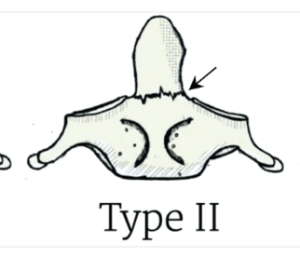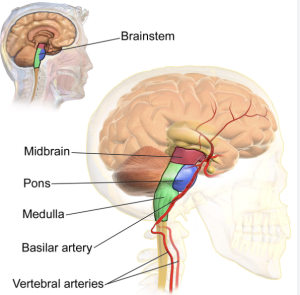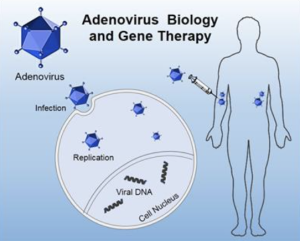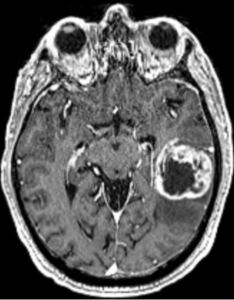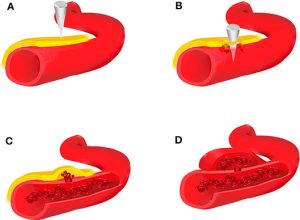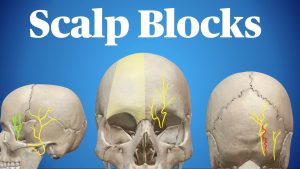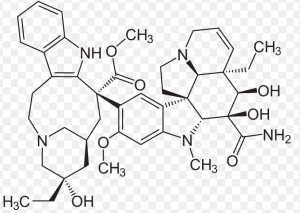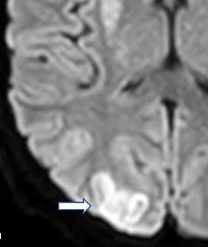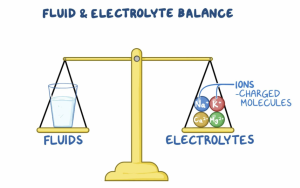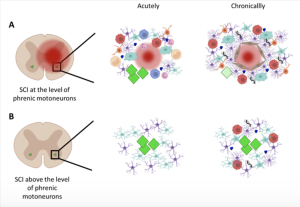A large cross-sectional survey conducted by Schär et al. (2025) included 154 European spine surgeons across multiple countries and centers. It assessed treatment patterns for geriatric (≥70 years) Odontoid Fracture Type II.
Critical Review: This EANS survey illustrates current opinion but lacks clinical depth:
-
Overrepresentation of European respondents (92.7%) → limits global generalizability
-
No outcome data → weak evidentiary value
-
Posterior C1–C2 fixation and routine postop CT → already known practices
-
Survey length (39 items) may induce responder fatigue and selection bias
Final Verdict: A wide but superficial overview. Confirms heterogeneity without offering concrete guidance. Rating: 4.5 / 10 Takeaway for Practicing Neurosurgeons: Reinforces need for individualized decisions; does not replace prospective trials. Publication Date: 2025-06-14 Contact: ralph.schaer@insel.ch
Schär RT, Wilson JR, Ivanov M, Barbagallo G, Petrova Y, Reizinho C, Gandia González ML, Tessitore E, Maciejczak A, Gabrovsky N, Depreitre B, Shiban E, Demetriades AK, Ringel F. Treatment practices for geriatric type II odontoid fractures – A survey by the European Association of Neurosurgical Societies Spine Section. Brain Spine. 2025 Jun 14;5:104295. doi: 10.1016/j.bas.2025.104295. PMID: 40599220; PMCID: PMC12210293.
